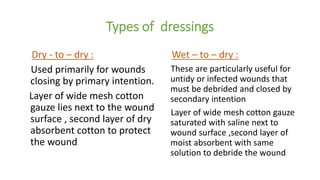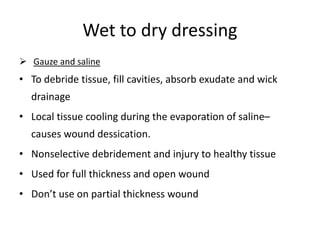wet to dry dressing indications
Deep wounds with undermining and tunneling need to be packed loosely. Open ABD dressing pad with sterile technique do not touch dressing.
Set up dressing supplies.
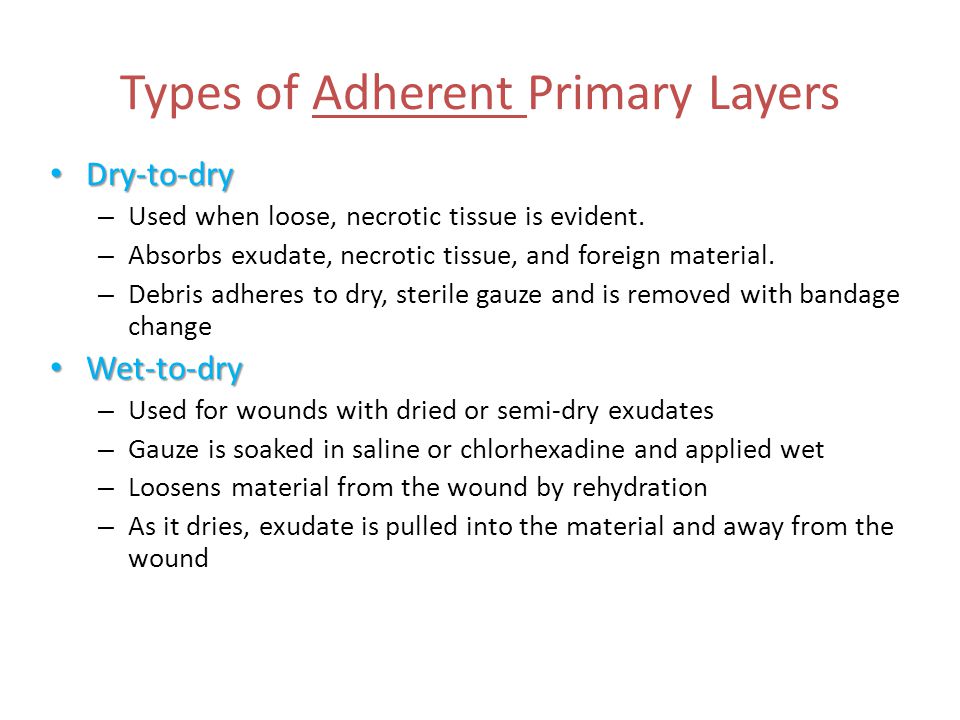
. Wound drainage and dead tissue can be removed when you take off the old dressing. 46 Advanced Wound Care. Pour sterile saline into one pack.
A wet gauze dressing is put in the wound and allowed to dry. Cowan Stechmiller indicated that wet-to-dry dressings can be appropriate only if the risk of destructing the healthy tissue is outweighed by the benefit of removing devitalized. Gently free dressing and pull back slowly across dressing in the direction of hair growth.
Deep wounds with undermining and tunneling need to be packed loosely. To clean a dirty or infected wound. If you have well water use bottled water or sterile saline instead of the.
Wet to Moist Dressing and Wound Irrigation and Packing Traditionally when wounds required debridement wet to dry dressings were used. This type of dressing is used to remove drainage and dead tissue from wounds. Indications and best use.
Rinse your wound with water. Description of skill. 11 rows The Centers for Medicare and Medicaid Services Guidance to Surveyors in long-term care states that.
Basically a wet piece of clean cloth is put. Gently pat it dry. Do not rub it dry.
Traditional gauze swabs are used to make wettodry dressings for debridement of necrotic wounds Dry dressings are indicated for surgical wounds to provide sterile. The wounds dressing allows the dead skin cells to collect in the dressing so that the wound can heal effectively. The type of wound dressing used.
An increase of exudate can be a sign of infection. Moisten a piece of gauze with saline. This also pulls the adhered.
Check the wound for increased redness swelling or a bad odor. Pay attention to the color and amount of drainage from your wound. Wet to dry dressing is a time-tested method for treating wounds.
Every four to six hours the clinician firmly pulls the dry gauze not re-moistened from wound bed at a 90-degree angle. Gently pat it dry with a clean towel. Currently there are a variety of wound dressings available ranging from passive adherentnonadherent to interactive and bioactive.
Wet to dry dressing keeps wounds clean and promotes healing. Change 2-3 times per day. The wet-to-dry technique begins when the clinician applies gauze moistened with sterile saline or water to the wound bed.
This is because wet-to-dry dressings 1 are a form of nonselective debridement removing healthy tissue as well as necrotic tissue. Look for drainage that has become darker or thicker. Enzymatic 743 and dry gauze 693.
Most wounds treated with wet-to-dry dressings were surgical 69 followed by neuropathic ulcers 10 and pressure ulcers 59. Are you using an appropriate secondary dressing. In some cases you can even rinse the wound while showering.
Open a new package of dry gauze. Take 1 piece out and get it wet using regular tap water from the sink. Open 2 packs of sterile gauze do not touch gauze.
With this type of dressing a wet or moist gauze dressing is put on your wound and allowed to. Your health care provider has covered your wound with a wet-to-dry dressing. 2 are painful to the patient.
Wash your hands thoroughly with soap and warm water before and after each dressing change. Moisten with saline if it gets too dry. The dressing is allowed to dry and adhere to the tissue in the wound bed.
The wet to dry dressing change is an effective way to help wounds heal. Hold soiled dressing in. Wet to dry dressings should be used with the open woven gauze pads.
A moist to dry dressing is a primary dressing that directly touches the wound bed with a secondary dressing that covers the primary dressing. Put on a pair of non-sterile gloves. Observe appearance of wound and any drainage.
Follow these steps to remove your dressing. Application as a wet to dry dressing is most commonly used when wound fluids have a high viscosity or in the case where the wound surface is dehydrated and scabs have. This type of dressing is used to remove drainage and dead tissue from wounds.
Update on wound dressings.

Wound Care Dressings And Their Main Indications Download Table
4 6 Advanced Wound Care Wet To Moist Dressing And Wound Irrigation And Packing Clinical Procedures For Safer Patient Care
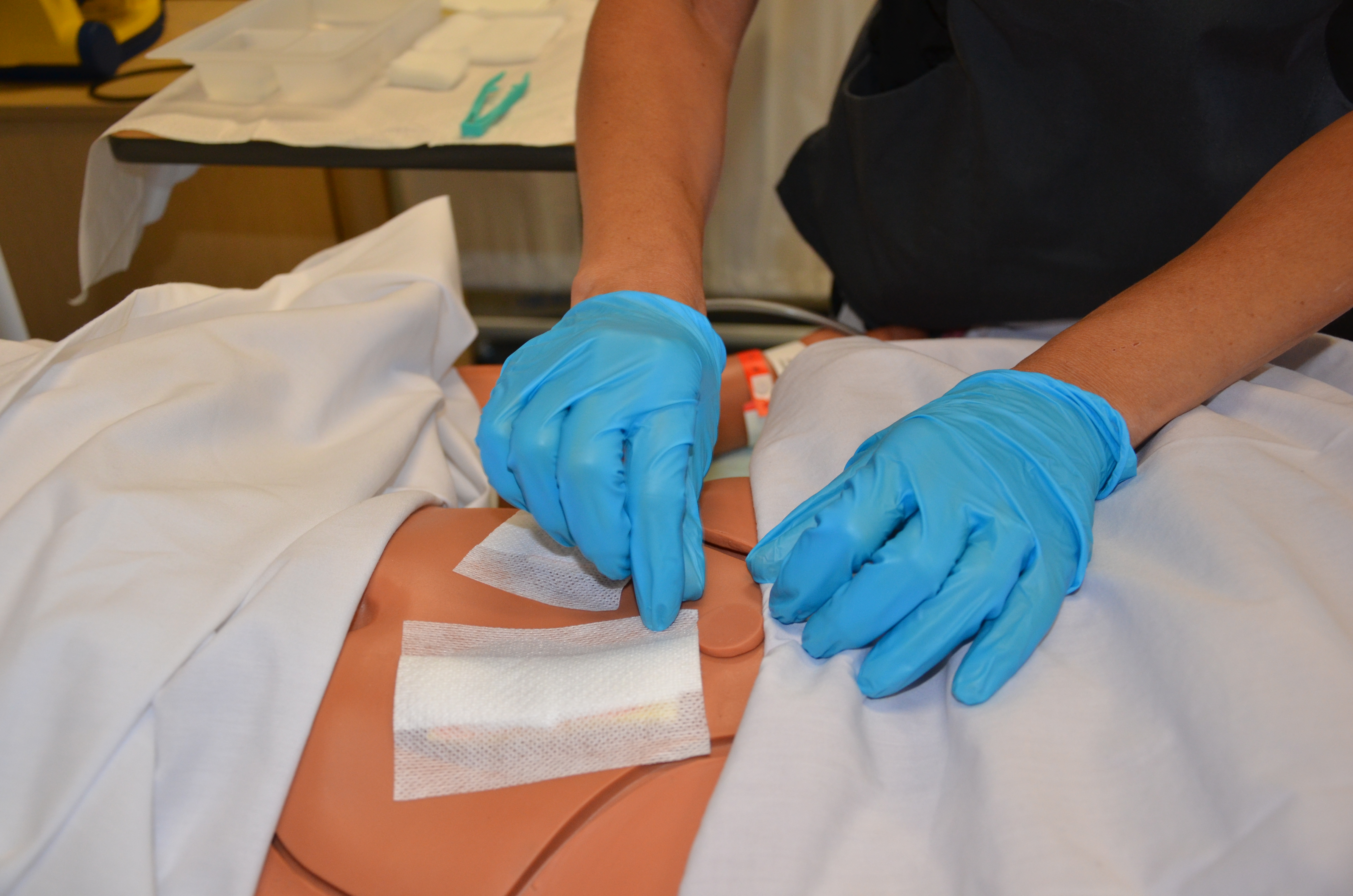
4 6 Advanced Wound Care Wet To Moist Dressing And Wound Irrigation And Packing Clinical Procedures For Safer Patient Care
4 6 Advanced Wound Care Wet To Moist Dressing And Wound Irrigation And Packing Clinical Procedures For Safer Patient Care

إشعاع ممر مائل Indications For Sterile Dressing Change Daydreema Com
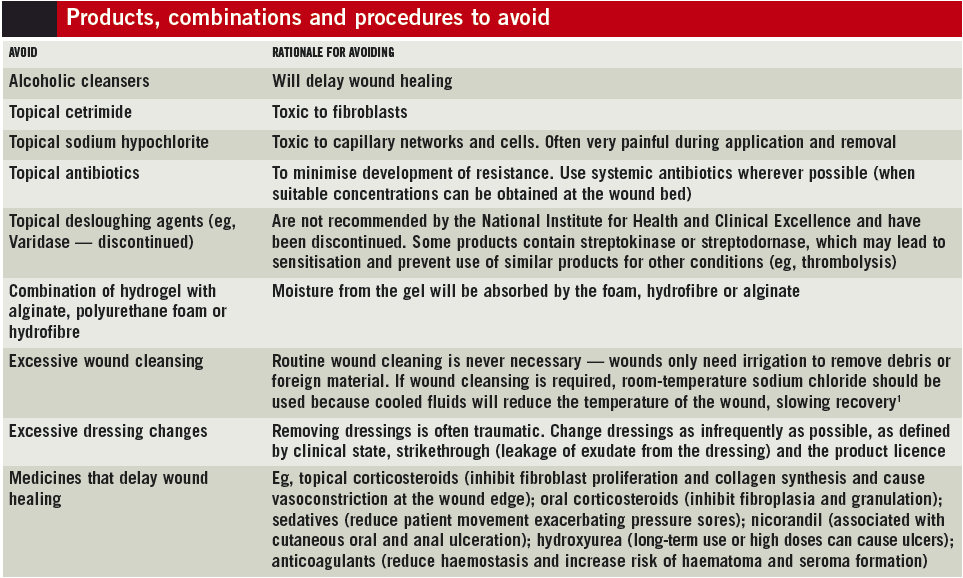
How To Select A Wound Dressing The Pharmaceutical Journal

Local Treatment Of Venous Leg Ulcers Servier Phlebolymphologyservier Phlebolymphology

Moist Wound Healing The New Standard Today S Veterinary Practice
4 6 Advanced Wound Care Wet To Moist Dressing And Wound Irrigation And Packing Clinical Procedures For Safer Patient Care
4 6 Advanced Wound Care Wet To Moist Dressing And Wound Irrigation And Packing Clinical Procedures For Safer Patient Care

Wound Care Dressings And Their Main Indications Download Table
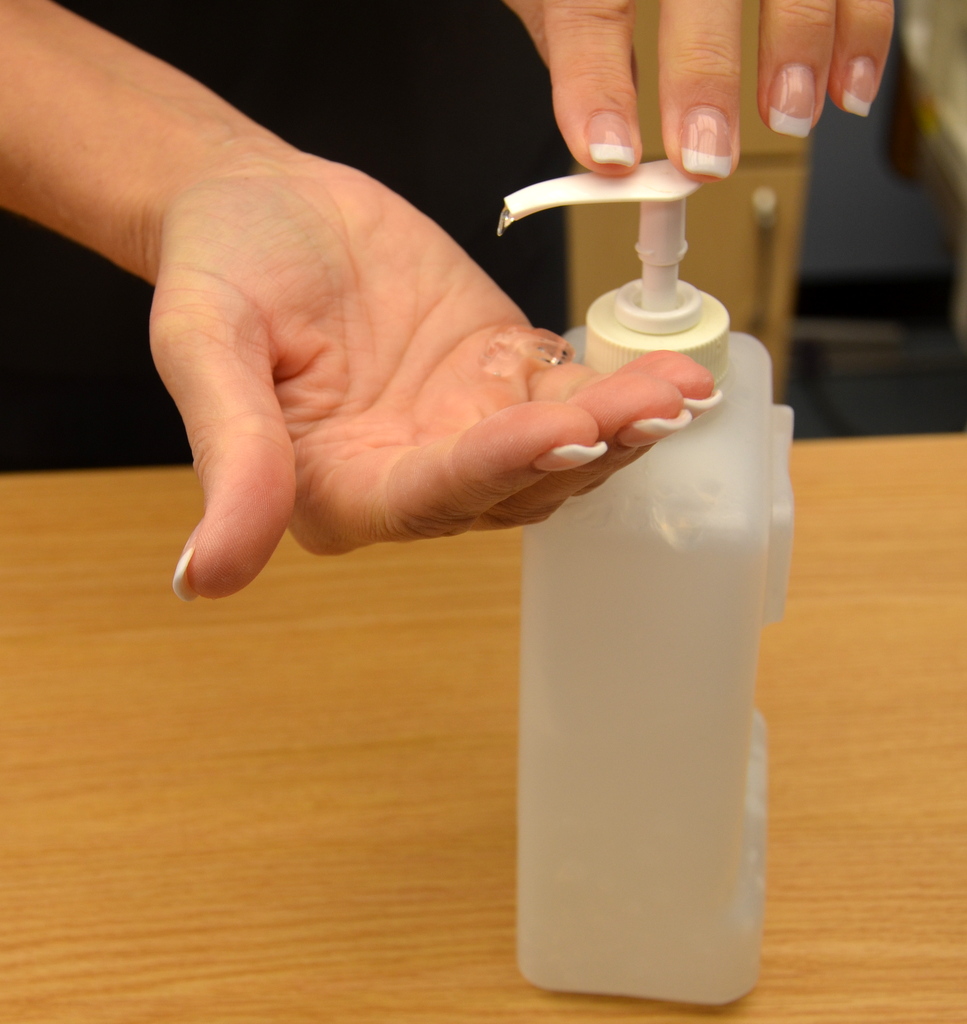
4 6 Advanced Wound Care Wet To Moist Dressing And Wound Irrigation And Packing Clinical Procedures For Safer Patient Care

Pdf A Comparative Study Between Topical Povidone Iodine And Normal Saline Solutions As Wet To Dry Dressing For Wound Lacerations Abrasions Among Adult Patients

Bandaging Ppt Video Online Download

Clean Wound Dressing Change Techniques Aseptic Dressing Changes


